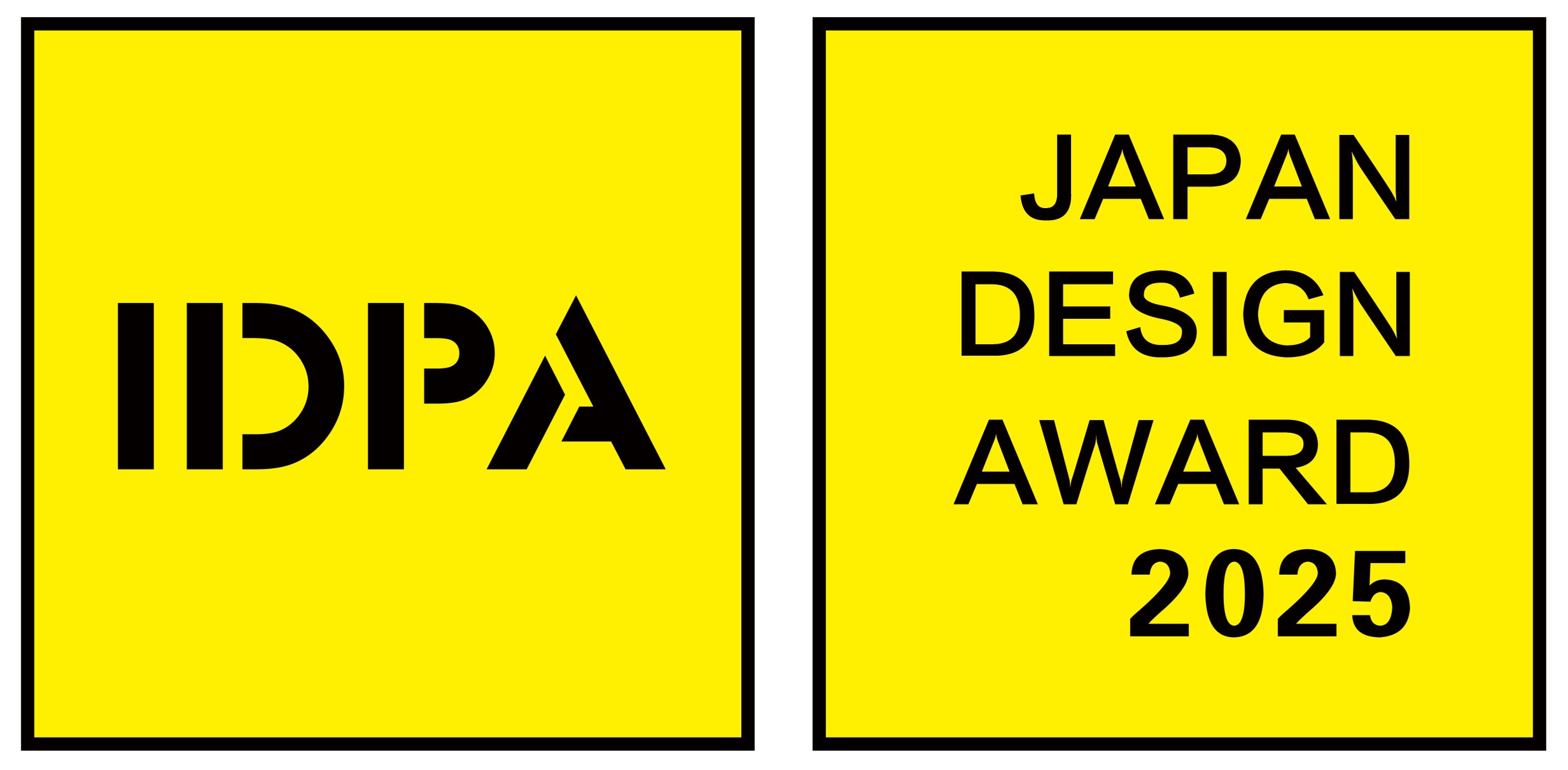- 2025 Prize
- From Architectural Design
Earthenware House
Project Description
Earthenware House – The Spirit of Southern Vietnam in Lái Thiêu Ceramics
Location: Lai Thieu, Binh Duong, Vietnam | Design: NAQI & Partners
Context and Design Concept
Our client is a nuclear family of four, where the husband – a building contractor and craftsman – wished to transform an old tube house in Binh Duong into a living space that reflects his personality and local culture. He also wished for a home connected to nature, filled with sunlight, breeze, and greenery – to enhance living quality and spark creative inspiration daily.
The house is in a quiet alley in Lai Thieu, Binh Duong Province, an area renowned for its Lai Thieu ceramics – a product of transmutation glaze, originated in the 18th century – stands as a witness to the cultural flow of Southern Vietnam. Once carried by river merchants and deeply rooted in the everyday life of the Mekong Delta, these ceramic pieces now become the soul of the Earthenware House. In this modest house, we integrate Lái Thiêu ceramics into both the architecture and interior design, so that each touch of a doorknob or step on the ground evokes the exuberance and authenticity of the land to which the house belongs.
Design Solutions
1. Form and Spatial Layout
We approached the project as if shaping a clay pot: respecting the existing framework, yet refining each corner, softening curved walls, and removing interior partitions to create a new, airy space. The house is divided into three volumes in a sequence, like three terracotta pots conjoining one another in a harmonious whole – grounded, cohesive, and imbued with the breath of the land. The first “pot” serves as an open veranda, creating a transitional buffer before entering the main living areas.We extended part of the roof to create a terrace where the homeowner can gather with friends and enjoy meals under the open sky – a simple, rustic way of living cherished by the locals. Key spaces like the living room, bedrooms, and kitchen are pushed further back into the second and third “pot” volumes. Greenery is integrated as naturally as if the house were “grown from the earth” itself.
2. Materials and Architectural Details
To evoke an earthenware sensibility, we chose materials like terracotta bricks, reclaimed wood, raw steel, and clay-mixed cement. All were kept in their natural, unfinished state, with warm, earthy tones to evoke a sense of warmth.
Initially, we considered using pure clay to finish the walls, but Southern Vietnam’s harsh climate, characterized by intense sun and prolonged rains – makes it easy to be cracked and soaked with rainwater. So we experimented by mixing in cement, additives, and pigments for better durability, then applied a transparent waterproof coating – much like how artisans glaze ceramics at their final stage.
This process led us to create a new hybrid material: it carries the tactile warmth and feel of clay but stands up to local weather conditions.
3. Handcrafted Interiors and Personalization
Earthenware House is a fusion of past and present, of human craftsmanship and the tactile essence of nature. Ceramic animal-shaped door knobs – fish, turtles, frogs, birds – serve not just as decorative touches, but as subtle storytelling devices about the native rivers, fields, and the landscape. The window grilles mimic the shape of bamboo groves, offering both protection and light, gently bringing the imagery of old village’s bamboo rows into the living space. The owner personally crafted several interior elements: a textured wall art piece, a tea table with playfully arranged ceramic tiles, a sculpted kitchen pendant light, and dining table legs made from split sewer pipes. Each object becomes a dialogue with material and space, reflecting a steady-living mindset that cherishes every moment, infused with the home owner’s spirit of boldness and playfulness in creativity.
4. Challenges and opportunities
The biggest constraints were limited budget and the reuse of existing structural framework. This is a low-cost renovated house, so we couldn’t make major original structural changes. Instead, we approached the idea of adaptation.
But, those challenges bore opportunities for regeneration: we used reclaimed materials, collaborated with the owner to handcraft furniture, and transformed the old into something new. That approach is beyond saving costs. The Earthenware House has its distinctive character.
We love this project for its strong inspiration and connection to indigenous cultural foundations, an infusion of the client’s spirit, and its sustainable, friendly and adaptive impacts on the Vietnamese built environment.

